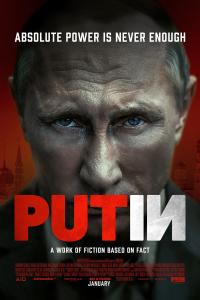Torrent details for "Aitchison I. Gauge Theories in Particle Physics...Introduction Vol I. 5ed 2024 [andryold1]" Log in to bookmark
Controls:
External index by SiteBot Verified
Category:
Language:
 English
EnglishTotal Size:
6.28 MB
Info Hash:
eb8a02e16a98a773ee74764ffe51fa63c0cee332
Added By:
Added:
01-09-2024 03:48
Views:
63
Health:

Seeds:
14
Leechers:
2
Completed:
242
Textbook in PDF formatExternally indexed torrent If you are the original uploader, contact staff to have it moved to your account
The fifth edition of this well-established, highly regarded two-volume set continues to provide a fundamental introduction to advanced particle physics while incorporating substantial new experimental results, especially in the areas of Higgs and top sector physics, as well as CP violation and neutrino oscillations. It offers an accessible and practical introduction to the three gauge theories comprising the Standard Model of particle physics: quantum electrodynamics (QED), quantum chromodynamics (QCD), and the Glashow-Salam-Weinberg (GSW) electroweak theory.
Volume 1 of this updated edition provides a broad introduction to the first of these theories, QED. The book begins with self-contained presentations of relativistic quantum mechanics and electromagnetism as a gauge theory. Lorentz transformations, discrete symmetries, and Majorana fermions are covered. A unique feature is the elementary introduction to quantum field theory, leading in easy stages to covariant perturbation theory and Feynman graphs, thereby establishing a firm foundation for the formal and conceptual framework upon which the subsequent development of the three quantum gauge field theories of the Standard Model is based. Detailed tree-level calculations of physical processes in QED are presented, followed by an elementary treatment of one-loop renormalization of a model scalar field theory, and then by the realistic case of QED. The text includes updates on nucleon structure functions and the status of QED, in particular the precision tests provided by the anomalous magnetic moments of the electron and muon. The authors discuss the main conceptual points of the theory, detail many practical calculations of physical quantities from first principles, and compare these quantitative predictions with experimental results, helping readers improve both their calculation skills and physical insight.
Each volume should serve as a valuable handbook for students and researchers in advanced particle physics looking for an introduction to the Standard Model of particle physics











































